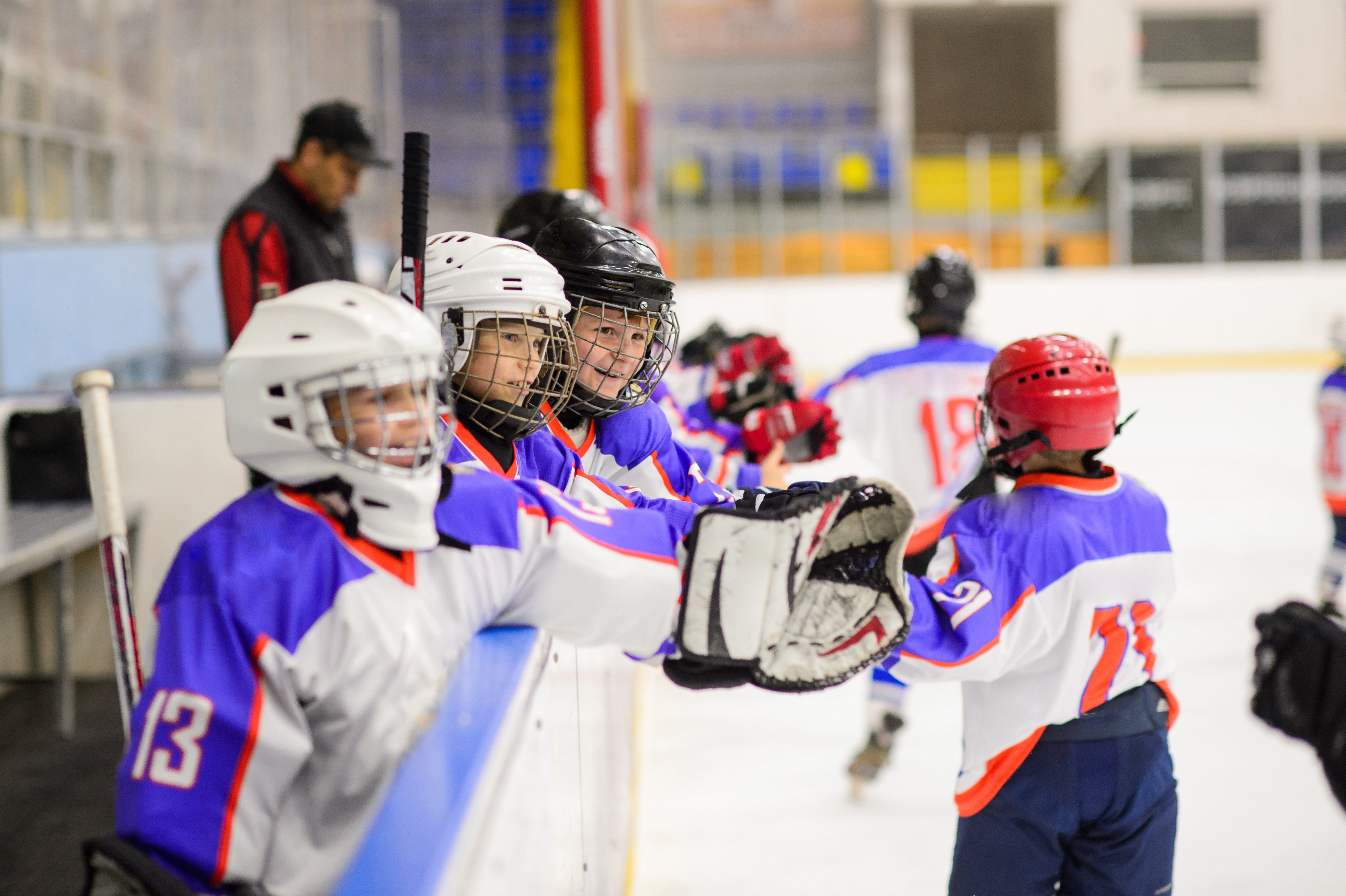Elevating athlete voices: The path to safe sport in Canada

Centralizing the voice of the athlete is a critical step in ensuring Safe Sport is realized. This was the primary theme of our talks on the panel “The future of safe sport: Hooked on hope not fishing for problems” at the 2023 Sport Canada Research Initiative (SCRI) conference. An athlete-centered view of sport, while not a…
Body Checking in Youth Hockey
Body checking is a large part of hockey, but there is a risk of concussion. The Amsterdam 2022 International Consensus Statement on Concussion in Sport suggests that body checking should be eliminated in hockey for children and most adolescents. In addition, they found that mouth guards are proven to be effective in reducing concussions and…
Rink Rage: Spectator Violence in Minor Hockey in Canada

Project Summary This study examines the prevalence, causes, and responses to parental violence, aggression, and abuse in minor hockey in Canada. It draws on 122 semi-structured, qualitative interviews with minor hockey stakeholders across Canada, and the textual analysis of media and legal reports of 65 cases of parental violence in minor hockey, and 58 minor…
The challenges of shifting to a safer sport culture: High performance coach and administrator perspectives

Highlights The calls for culture change across sports in Canada are persistent and louder than ever. Through our program of systematic research, we have listened to and shared high performance athletes’ perspectives about what appear to be accepted (or at least tolerated) unsafe behaviours and practices in sport. Tolerance of unsafe behaviours and practices reflects…
Attitudes towards LGBTQ+ inclusion in Canadian figure skating
Sport has historically often been an unsafe space for LGBTQ+ athletes. Recent Canadian research sought to examine attitudes towards LGBTQ+ inclusion in figure skating, to assess whether these attitudes vary by gender, sexual identity, or level of participation in skating, and to examine the impact of contact with LGBTQ+ people on attitudes towards inclusion. Overall,…
Safe sport jobs increase as Canadian sport sector responds to community

Safe sport and safeguarding in sport have become top priorities for the Canadian sport sector. Prevalence studies have revealed that athletes across different levels of sport frequently experience maltreatment (Alexander et coll., 2011; Vertommen et coll., 2016; US Center for SafeSport, 2021; Willson et coll., 2022). Equity deserving athletes experience more harm in sport (Burdsey,…
Young gymnast injury risks
Young gymnasts are most at risk for growth-related and overuse injuries. Two risk factors of these types of injury are maturation and training load. Currently, little is known regarding coaching knowledge and practice related to these risks. This study examines coach knowledge and identifies gaps to help promote athlete safety.
Air quality is a safe sport issue
Training outdoors when air pollution is high is risky for athletes. SIRC and Health Canada have partnered to create resources, including an eLearning module, to teach participants and coaches about best practices when it comes to air quality and outdoor training.
Creating conditions for psychological safety
Ensuring that athletes feel comfortable voicing their opinion (and have it considered and respected) is an important aspect of psychological safety in sport. A recent study of 379 athletes showed that those who felt they could be open with their coaches and teammates were more likely to feel psychologically safe, and to have a positive…
Safe, quality and values-based: 3 approaches to optimize sport experience
Highlights There are several evidence-informed approaches to sport delivery that researchers and sport organizations encourage, and that you can engage with, to promote positive experiences and combat harmful cultures in sport and society Quality sport, values-based sport and safe sport are 3 approaches to sport program delivery that are gaining traction and popularity at all…